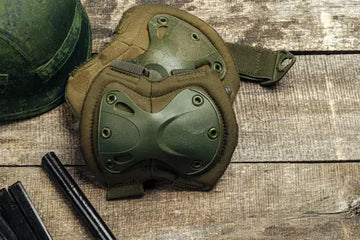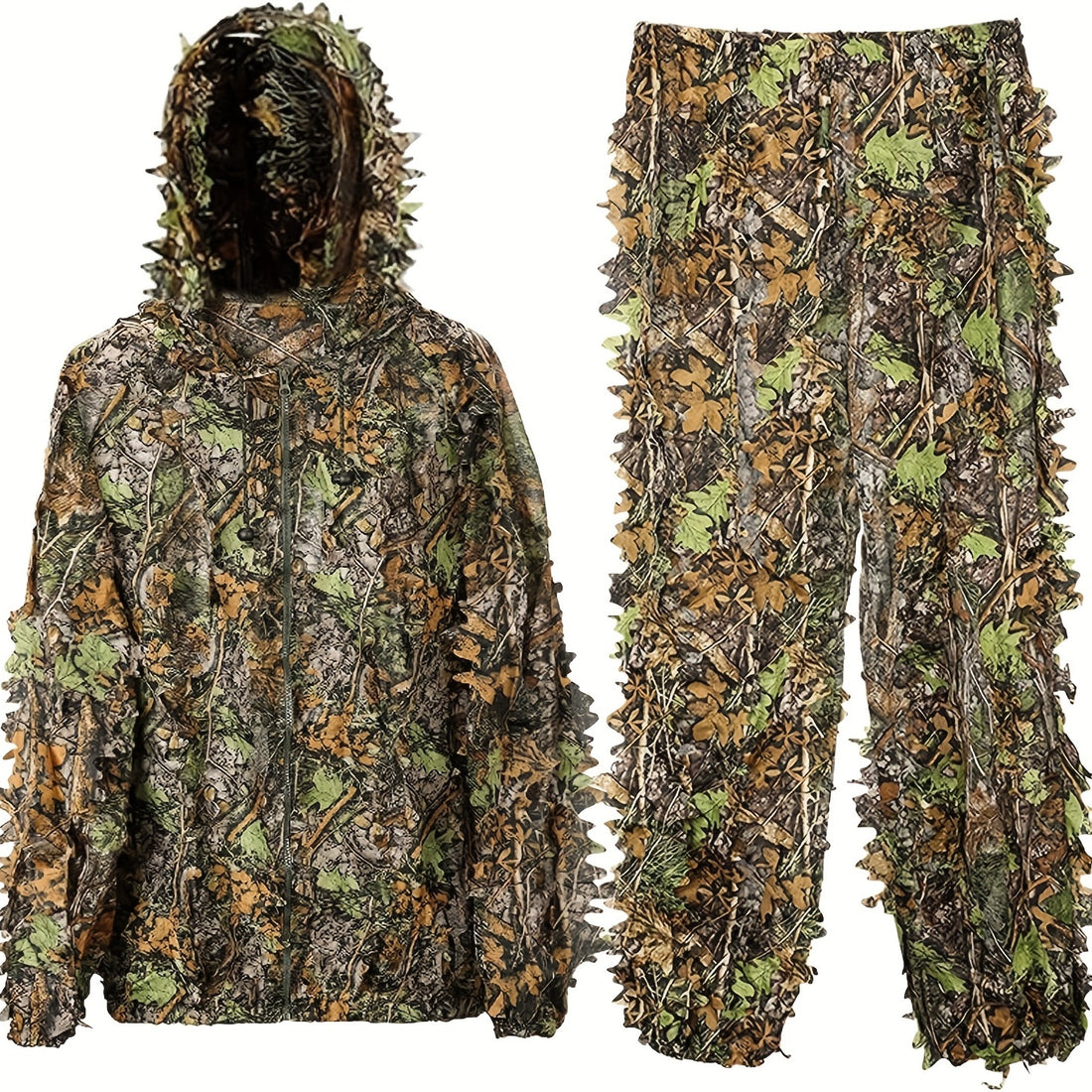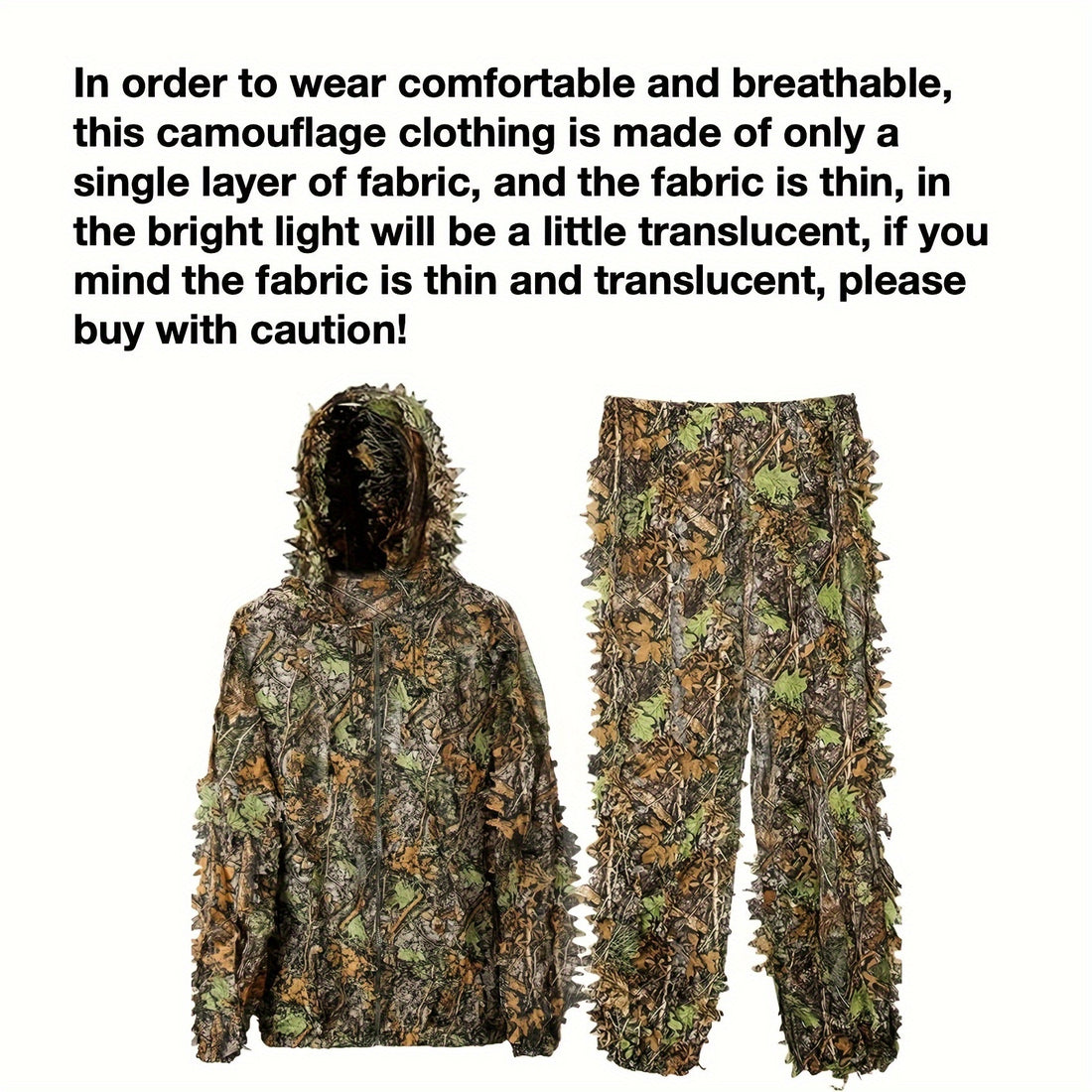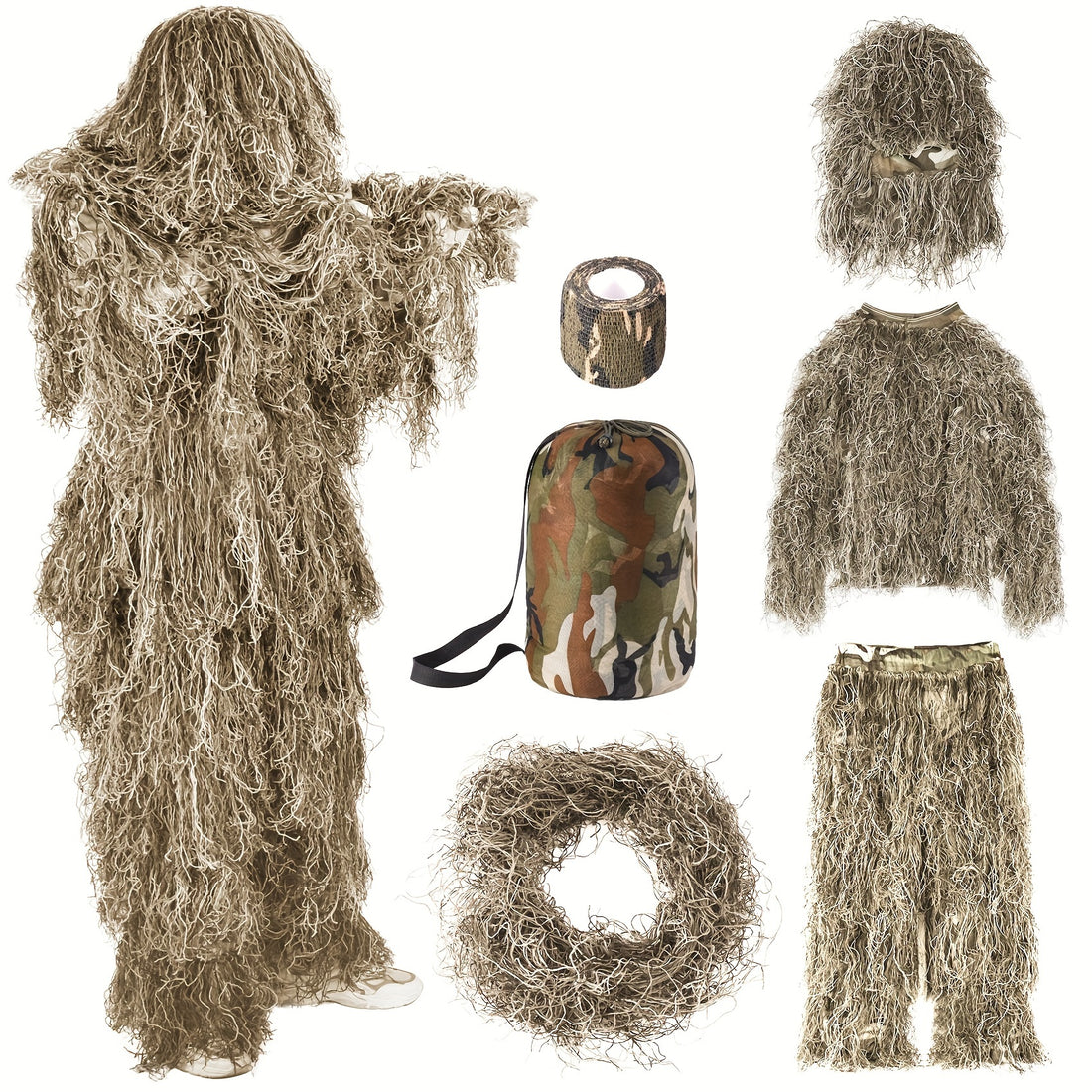Knowing what to wear to a shooting range can greatly improve your experience, especially if you are new to the sport. The right attire is not about fashion; it is about safety, comfort, and functionality. Proper clothing protects you from hot brass, reduces distractions, and helps you focus on learning.
This guide provides practical advice on building a functional range outfit, ensuring you feel confident and prepared.
The Golden Rule: Safety and Function Over Style
Your primary goal is to create a barrier between yourself and the environment, which includes hot brass cartridge casings that can eject unpredictably, loud noises, and potentially rough surfaces.
Choosing the Right Shooting Range Clothes for Safety and Comfort
The clothing you choose should be comfortable for standing and moving, but fitted enough to avoid snagging on equipment.
- Upper Body: A crew-neck t-shirt or a long-sleeved shirt made from natural fibers like cotton or a technical, moisture-wicking fabric is ideal. Avoid loose, low-cut, or V-neck shirts, as hot brass can easily fall inside. A long-sleeved shirt offers excellent protection for your arms.
- Lower Body: Durable pants are a must. Jeans, cargo pants, or tactical pants are all excellent choices. They protect your legs from hot brass on the ground and provide freedom of movement for various shooting positions. Avoid shorts, even in hot weather.
- Layers for Outdoor Ranges: For outdoor ranges, dress in layers. A moisture-wicking base layer, an insulating mid-layer like a fleece, and a wind-resistant shell allow you to adapt to changing conditions without restricting your movement.
Essential Shooting Range Safety Gear: Eye and Hearing Protection
These items are not optional; they are essential for your safety and the safety of those around you.
1. Hearing Protection: Gunfire is dangerously loud, often exceeding 140 decibels. Permanent hearing damage can occur instantly.
- Option 1: Disposable Foam Earplugs. These are affordable and effective when inserted correctly.
- Option 2: Electronic Earmuffs. These are highly recommended as they amplify range commands and normal conversation while cutting off instantly at the sound of gunfire. For the best protection, many shooters use foam plugs under their earmuffs.
For more details on hearing safety, visit OSHA’s guidelines on noise exposure.
2. Eye Protection: Impact-resistant safety glasses are mandatory. They protect your eyes from microscopic particles, unburned powder, and, most commonly, hot ejected brass. Wrap-around styles offer the best coverage. If you wear prescription glasses, ensure they are ANSI-rated for impact resistance or wear protective glasses over them.
3. A Hat with a Brim: A baseball cap is one of the most useful items you can wear. The brim helps deflect ejected brass away from your face, glasses, and shirt collar, and it reduces glare.
The Best Footwear for a Shooting Range: Closed-Toe Shoes and Boots
Proper footwear helps with stability and safety.
- Wear closed-toe shoes with good support. Sturdy sneakers or hiking boots are perfect.
- Avoid sandals, flip-flops, or open-toed shoes of any kind. The ground can be littered with hot brass, and you may drop a magazine or other equipment.
- For outdoor ranges on uneven terrain, hiking boots with ankle support are advisable.
Additional Tips for What to Wear to the Range
- Hair Management: If you have long hair, tie it back securely. A ponytail or bun keeps hair away from your face, eyes, and the moving parts of a firearm.
- Avoid Dangling Jewelry: Necklaces, bracelets, or large earrings can get caught on equipment and are a safety hazard. It's best to leave them at home.
- Pockets: Pants with secure pockets are useful for holding spare earplugs, a pen, or your ID.
What to Bring: Your Range Bag Essentials
A well-organized range bag is a sign of a prepared shooter. Beyond your firearm and ammunition, here is what to pack:
- Hearing and Eye Protection: Even if the range rents them, having your own ensures a proper fit and hygiene.
- Targets and Stapler: Unless the range provides them.
- A Multi-Tool: Useful for minor adjustments.
- Water and Snacks: Staying hydrated and energized is important, especially during long sessions.
- A Small First-Aid Kit: Focused on cuts and burns.
- Notepad and Pen: For recording your progress and notes.
By focusing on these practical principles, you can assemble an outfit that will keep you safe, comfortable, and focused on the fundamentals of shooting. Remember, every experienced shooter was a beginner once, and dressing appropriately shows respect for the sport, the range, and everyone's safety.

About Us
As a manufacturer of tactical and range gear, we understand that organization is key to a successful range day. A dedicated range bag, like the ones we produce, is designed to securely and efficiently transport all your essential gear—from firearms and ammunition to your hearing protection and tools.
We offer custom manufacturing and wholesale for businesses looking to provide their customers with reliable, well-designed carrying solutions.
























